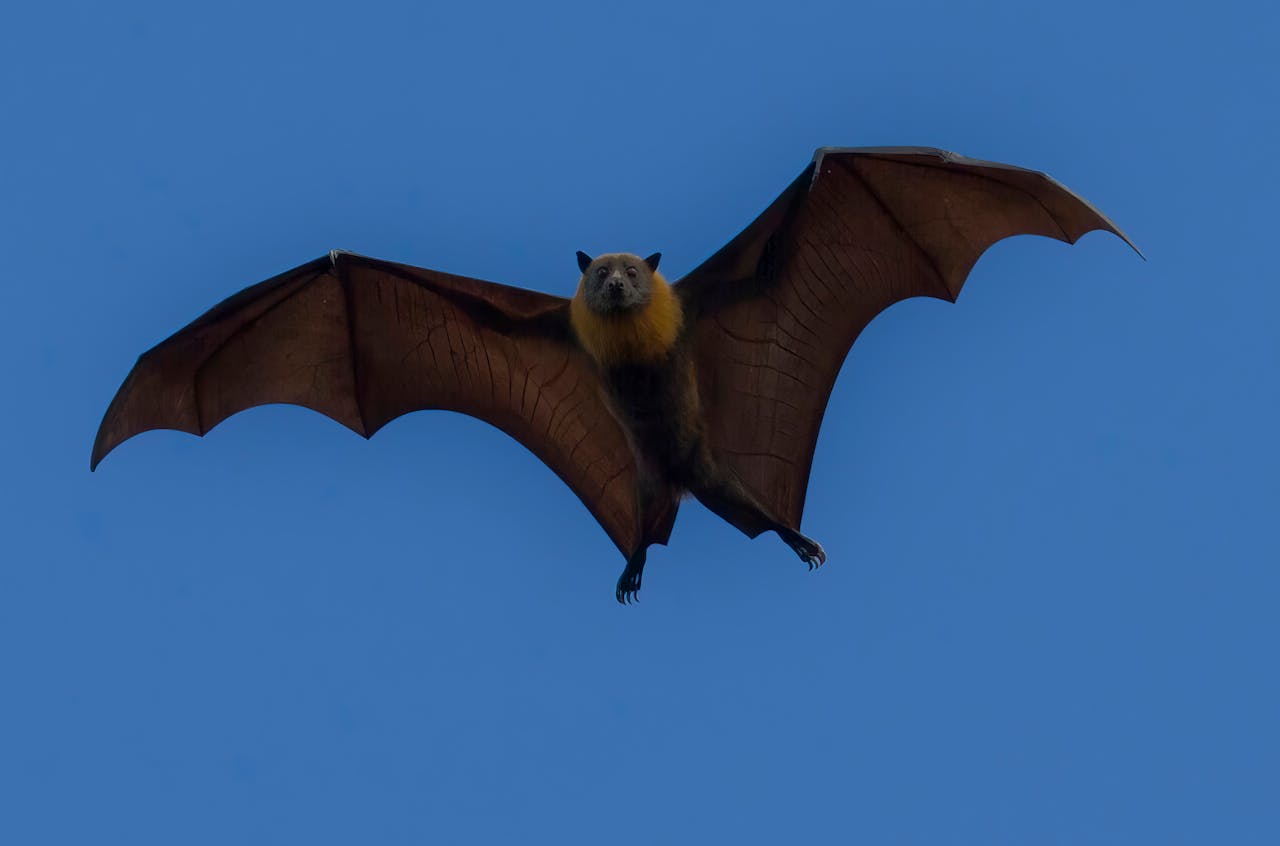A research team in China has found a new virus in bats that uses the same pathway to infect cells as COVID-19. This discovery comes from the Wuhan Institute of Virology, the same lab that was at the center of the COVID-19 outbreak discussions.
The new virus, called HKU5-CoV-2, can attach to a protein called ACE2 on human cells – just like the COVID-19 virus does. Like a key that matches specific locks, the virus has found a way to bind to these ACE2 receptors that are found throughout the human body and other mammals.
“We report the discovery and isolation of a distinct lineage of HKU5-CoV, which can utilize not just bat ACE2 but also human ACE2 and various mammalian ACE2 orthologs,” says Dr. Shi Zhengli, who led the study. Dr. Shi, known as “Batwoman” for her years of studying bat viruses, worked with teams from several Chinese research centers including the Guangzhou Laboratory and Guangzhou Academy of Sciences.
But there’s an important difference: this new virus isn’t as good at opening that cellular door as COVID-19 was. The research team found its binding ability is “significantly lower” than the COVID-19 virus, making it less likely to cause widespread infection.
Dr. Michael Osterholm from the University of Minnesota puts this in perspective: people might already have some protection against this virus because of existing immunity in the population to similar SARS viruses. The research paper, published in the science journal Cell, backs this up.
Similar Posts
The virus comes from the same family as MERS (Middle East respiratory syndrome), a severe respiratory illness that typically spreads from camels to humans. When tested in lab conditions, the virus could infect artificial mini-models of human organs, showing it has the potential to affect human cells.
The announcement of this discovery led to significant gains in shares of vaccine makers like Moderna Inc. and Novavax Inc.
The timing of this discovery is notable. The U.S. stopped funding the Wuhan lab in 2023 during ongoing discussions about COVID-19’s origins. The research shows the virus can bind to ACE2 receptors in multiple other species, all of which could act as intermediate hosts and pass it on to humans.

The scientists emphasize that while this discovery needs careful monitoring, they don’t want to cause unnecessary alarm. The infection has not yet been identified in a living person, and its efficiency is “significantly lower” than the COVID virus.
This discovery underscores the importance of continued virus surveillance and research. It demonstrates how viruses continue to evolve and adapt, reinforcing the need for ongoing scientific study to better understand and prepare for potential future health challenges.
















![This image taken from video animation at Beijing Aerospace Control Center (BACC) on June 2, 2024 shows the lander-ascender combination of Chang'e-6 probe landing on the far side of the moon. [Photo/Xinhua]](https://www.karmactive.com/wp-content/uploads/2024/06/spp.jpeg)

